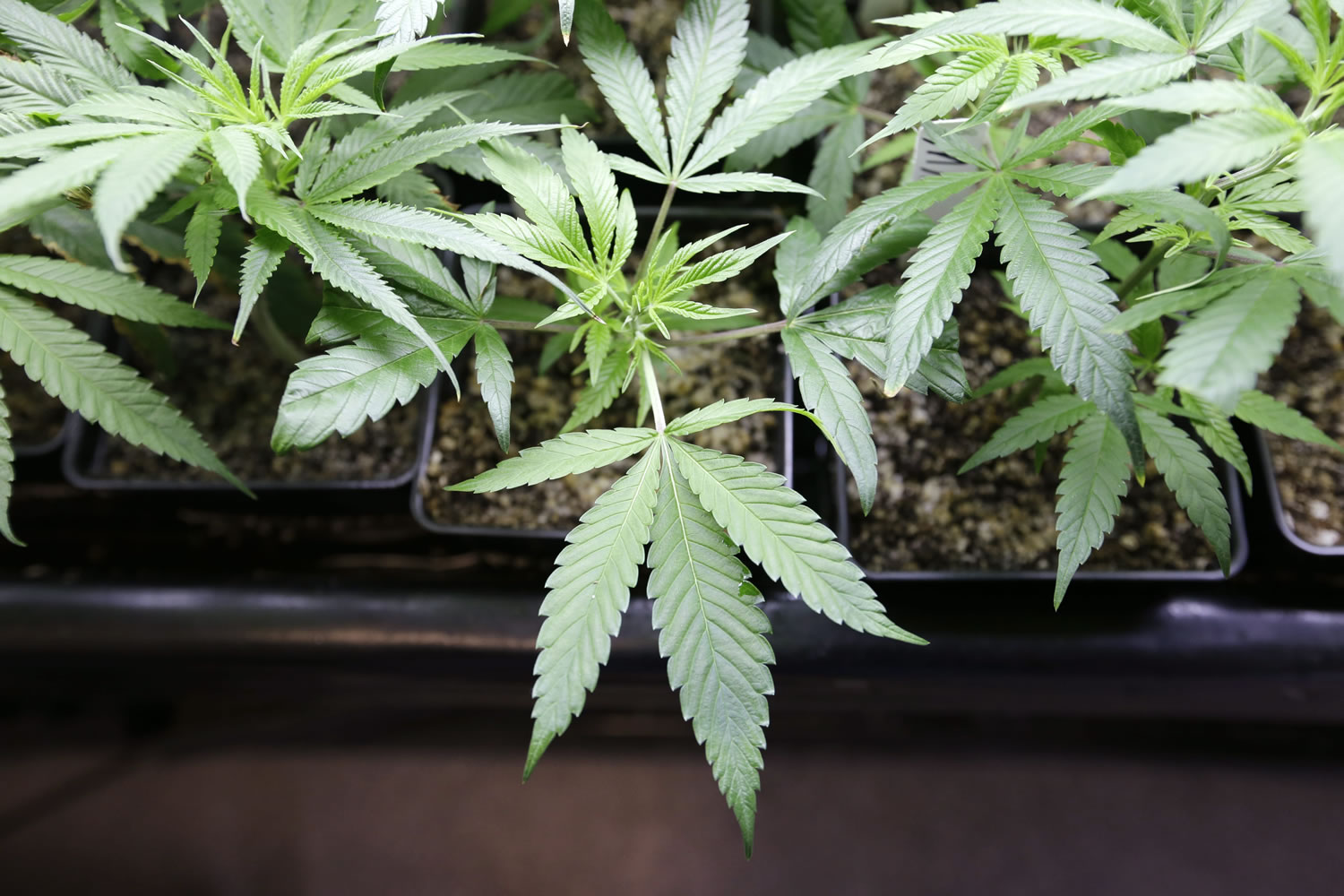The legalization of recreational marijuana in two states — Colorado and Washington — and medical marijuana in more than 20 others has raised concern that there will be more drivers stoned behind the wheel. What’s not clear is whether that will translate into an increase in fatal crashes.
o WHAT WE KNOW
While marijuana users can perform simple tasks well while they are high, brain imaging has shown that they have to use more of their brain to do so. Their reaction times are slower, peripheral vision is decreased and multitasking impeded. As a result, when sudden or surprising things occur to complicate those tasks — such as when a pedestrian steps in front of a car — they cannot respond as well. On the other hand, marijuana users tend to be aware they are impaired and try to compensate for it.
o WHAT WE DON’T KNOW
It’s not clear how much marijuana use contributes to crash risk. Some studies have found that marijuana can double crash risk, but others have found virtually no increase.
o HOW HIGH IS TOO HIGH
Traces of THC, the psychoactive ingredient in marijuana, can be detected in the blood of some habitual marijuana users days or weeks after they last used the drug, making it hard to use blood tests to discern a current level of impairment. Most states haven’t set a THC threshold for impairment, but Colorado and Washington have settled on an intoxication blood level of five parts per billion. There’s no roadside test for THC like those for alcohol, but some states are experimenting with a saliva test.



